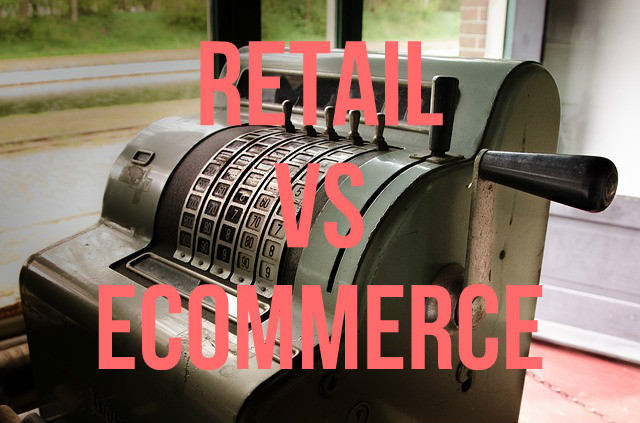Running an eCommerce business is very different from a retail storefront. You need to consider pricing and other factors to determine if eCommerce or retail is best for your business.
With eCommerce, products, services, funds, and data are being sold over the internet. Some businesses only operate online while others, like restaurants and grocery stores, are more successful operating with a physical location.
With the rapid expansion of technology and the Web, online shopping has become extremely popular. Digital devices such as smartphones and tablets make online shopping extremely easy.
But what are the major differences between eCommerce credit card processing and retail credit card processing?
eCommerce Account Pricing
When it comes to the pricing of eCommerce, there are some fees associated with online payment processing that retail merchants don’t have to worry about.
Most people believe that eCommerce retailers have lower costs. In reality, the fees that come with an eCommerce merchant account typically cost more than a retail account.
There are a few fees merchants must pay in order to accept credit cards:
- Transaction Fees: These are charged per transaction (Interchange Fees)
- Incidental Fees: These happen on occasion (Chargeback Fees)
- Flat Fees: These are continuing fees for the services provided to a merchant (Monthly Fees)
There are some extra fees that eCommerce merchants must pay:
- Payment Gateway Fees
- Address Verification Service
In general, payment (credit card) processing companies make sure both retail and eCommerce payment processing is affordable for any business. Although eCommerce can be pricier, the difference in price is never too big.
Other Factors that Affect ecommerce accounts
eCommerce companies have varying levels of risk. Some are considered mid-risk and other considered high-risk. Risk is increased over purchasing in a physical store because the buyer does not need to show someone their credit card nor does the purchases sign for the purchase as they do when in a physical store. When a merchant is running a high risk business, some fees are higher because the account is at a higher risk of fraud and chargebacks.
Interchange fees are higher and the merchant usually ends up paying more chargebacks fees if fraudulent charges occur.
There are also differences in the costs of running an eCommerce and retail business that contribute to pricing.
Retail stores have to deal with utility bills, rent, and upkeep of a physical store while eCommerce businesses have to pay for web hosting, information technology, shipping, etc.
Both offline and online stores need to calculate transaction fees as well as other business expenditures in order to successfully run their business. Although there are costs associated with credit card processing, a successful business’s profits will outweigh the cost of the added convenience of credit card acceptance.

